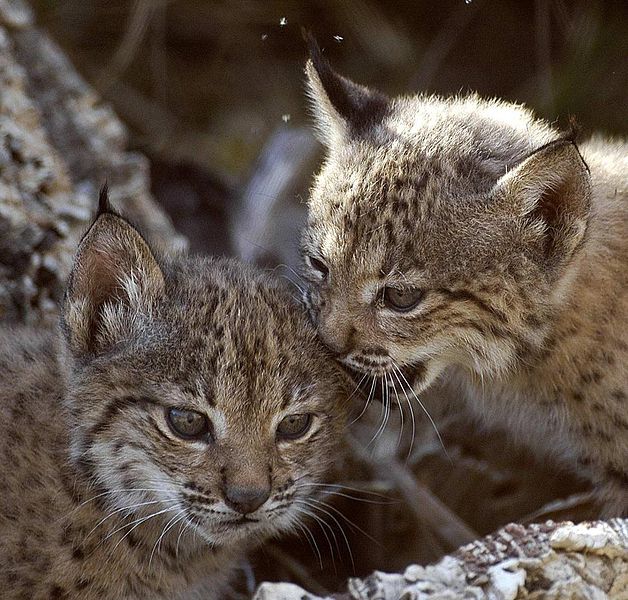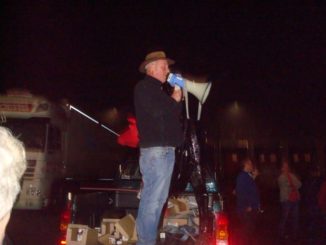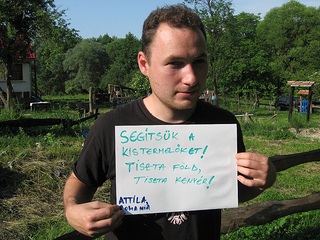By Luke Dale Harris.
Last month, the unusual happened. Europe received positive news about the environment. Not just a claim that maybe things aren’t quite as bad as we previously thought, but the release of a report which shows, quite clearly, that for many species across large swathes of Europe, things haven’t better for decades.

Commissioned by the Netherland’s based Rewilding Europe and based on over fifty years of monitoring from across the EU, the Wildlife Comeback report details the populations of 38 bird and mammal species, from the imperial eagle to the common crane, the brown bear to the Eurasian beaver. Without exception, the overall European population of all has risen, sometimes as dramatically as by 3000%. And there are more, claims Frans Scheper, manager of Rewilding Europe. ‘At least a hundred species would show similar trends, but the limits of time and resources meant that, for the moment, these (38 species) are all we could focus on.’
In the west of Europe, the report was met with almost unanimous approval from both the press and the public; unsurprising, perhaps, given the relentless negativity that we have come to expect from environmental news. But its significance goes further than this. Rewilding as a concept has been growing rapidly in popularity among environmentalists in recent years. It is based on the idea that, given the right ingredients and then left to its own devices, the ecosystem will restore itself to its natural equilibrium; something far richer and more diverse than anything we consider as ‘wild’ today. The report has been held up as proof that not only is the idea possible, but even without heavy handed human intervention, nature is prone to this course anyway. If we let it, a mass restoration of ecosystems is indeed plausible and, as George Monbiot puts it, ‘offers hope where there was little hope before.’
On the other side of the continent however, the reaction to the report was more muted, being largely ignored by the press and greeted with suspicion by many environmentalists. This may have something to do with the fact that, while species populations increased when taken as an average across the whole of Europe, in Eastern and south Eastern Europe, the populations were invariably reported as in decline. But this is only part of a bigger picture. The report, and the concept of rewilding as a whole, takes a very western centric view of nature conservation. The focus is on wildlife reserves – pockets of biodiversity on the fragments of land deemed unprofitable by a system of intensive agriculture. The animals studied are those that live best in these conditions; large, rare species who benefit enormously from conservation in small areas and capture the public imagination so well.
This is an approach that takes as its starting point the assumption that the majority of the landscape is, and must be, dominated by the barren monocultures of intensive agriculture and that wildlife is condemned to thrive only in its fringes. But for much of Eastern Europe, this reality doesn’t apply, or at least not yet. In Romania and Bulgaria, as well as large parts of their neighbouring countries, the countryside is still composed largely of mosaics of small farms, managed with the traditional methods that have long allowed them to exist side by side with high levels of biodiversity. In the hills and forests, not yet ravaged by forestry and development to the same extent as seen in much of Europe, there live in relative abundance many of the same animals that are now being reintroduced in the west. Even with the populations in decline, the majority of species mentioned in the report still live in far greater numbers in the Carpathian region than they do west of it. Of the thousands of more common species which require larger habitats than national parks, the population disparities are even greater.
Yet the landscape is changing. Propelled by CAP subsidies which reward productivity over else, the small farms are giving way under pressure from international agri-business and the large landowners who comprise only 0.9% of Romanian farmers yet receive over 50% of CAP payouts (the figures are similar in Bulgaria). Unable to compete, young farmers are fleeing to the city or west for work, while the land they leave is either swallowed up by larger farms or left abandoned. Next year, under pressure from Brussels, a reform will open up the land market so foreign industry can buy directly from local owners in the new member states, something that is currently possible but difficult. It is feared this will speed up the process of agricultural intensification dramatically. Naturally, declines in biodiversity will follow.
As consolation, the new member states are granted the same, or similar, wildlife conservation subsidies and infrastructure as the rest of Europe, of which the Natura 2000 network of protected sites is perhaps most important. But evidently this is not enough to prevent the inevitable wildlife loss that comes with blindly following the open market through the countryside.
When an approach to nature conservation is most beneficial to the countries with the least wildlife, it has to be wondered whether this is the best path to be following for all. While the Wildlife Comeback report may be cause for celebration in Western Europe, in the east it is reason for concern. As with the CAP, one size does not fit all. Rather than building from the baseline of the assumed ecological aridity of the future, here we should be looking at retaining and building on what we already have.
Luke Dale Harris writes for numerous publications, including the Guardian, the English Edition of Der Spiegel and the Huffington Post. This article first appeared on the Euractiv website.





